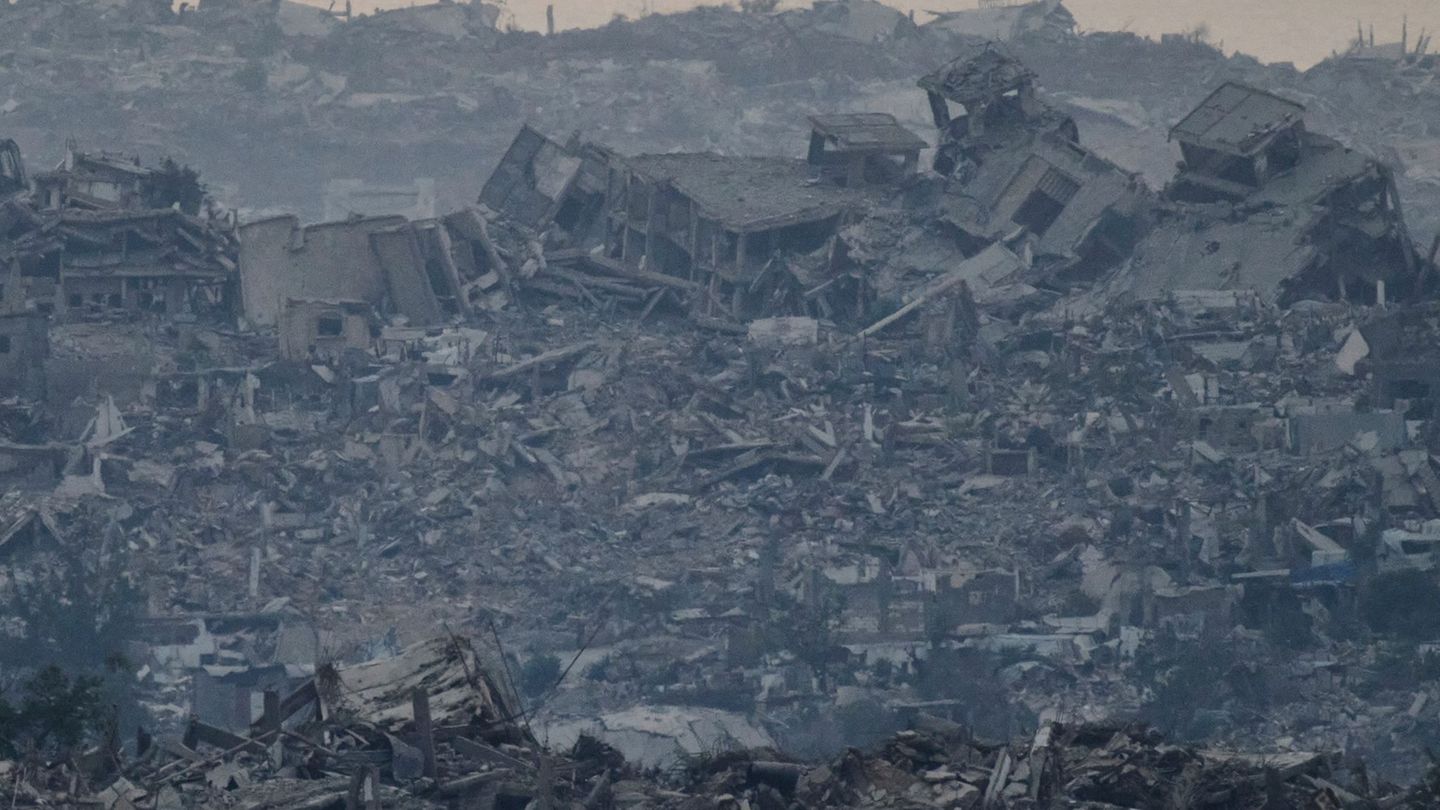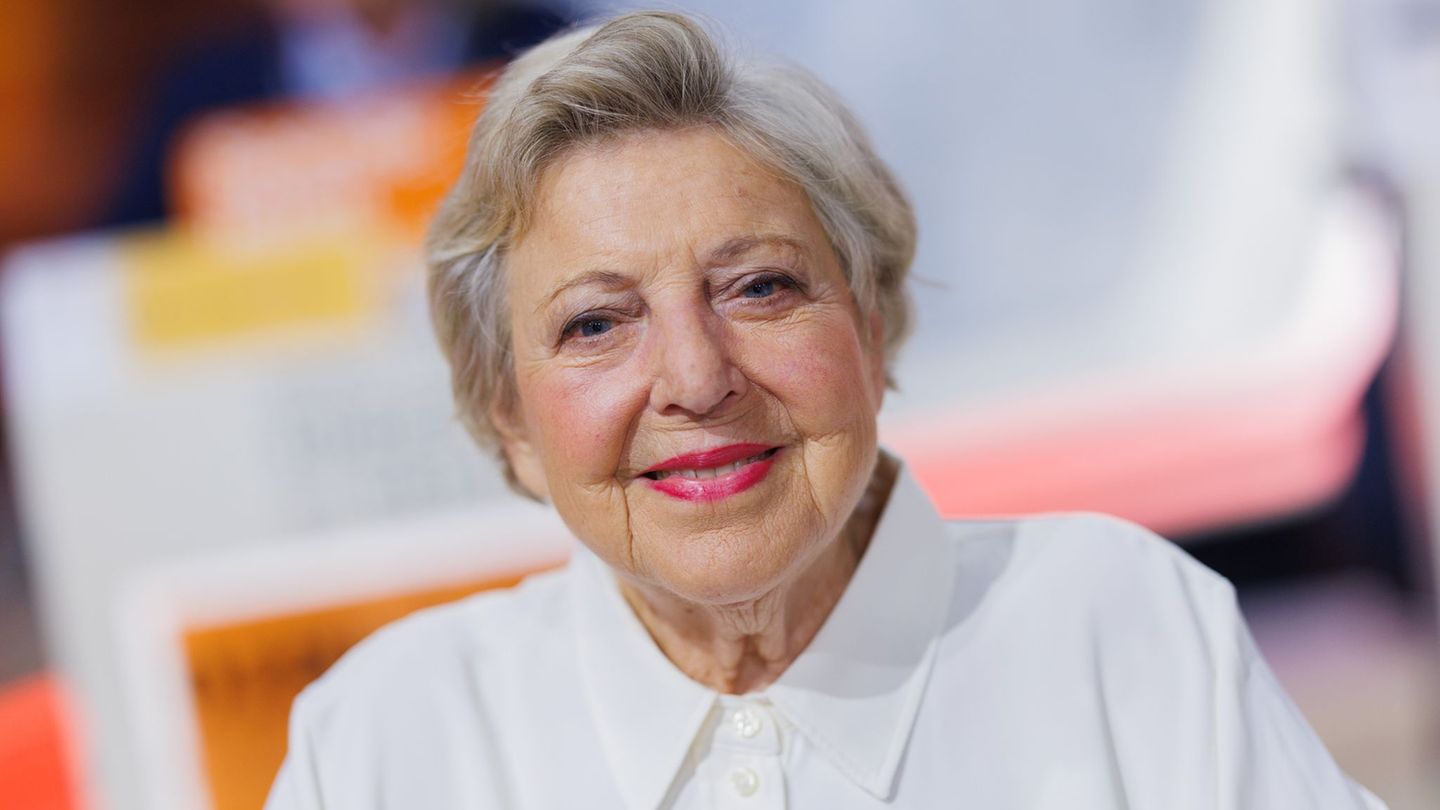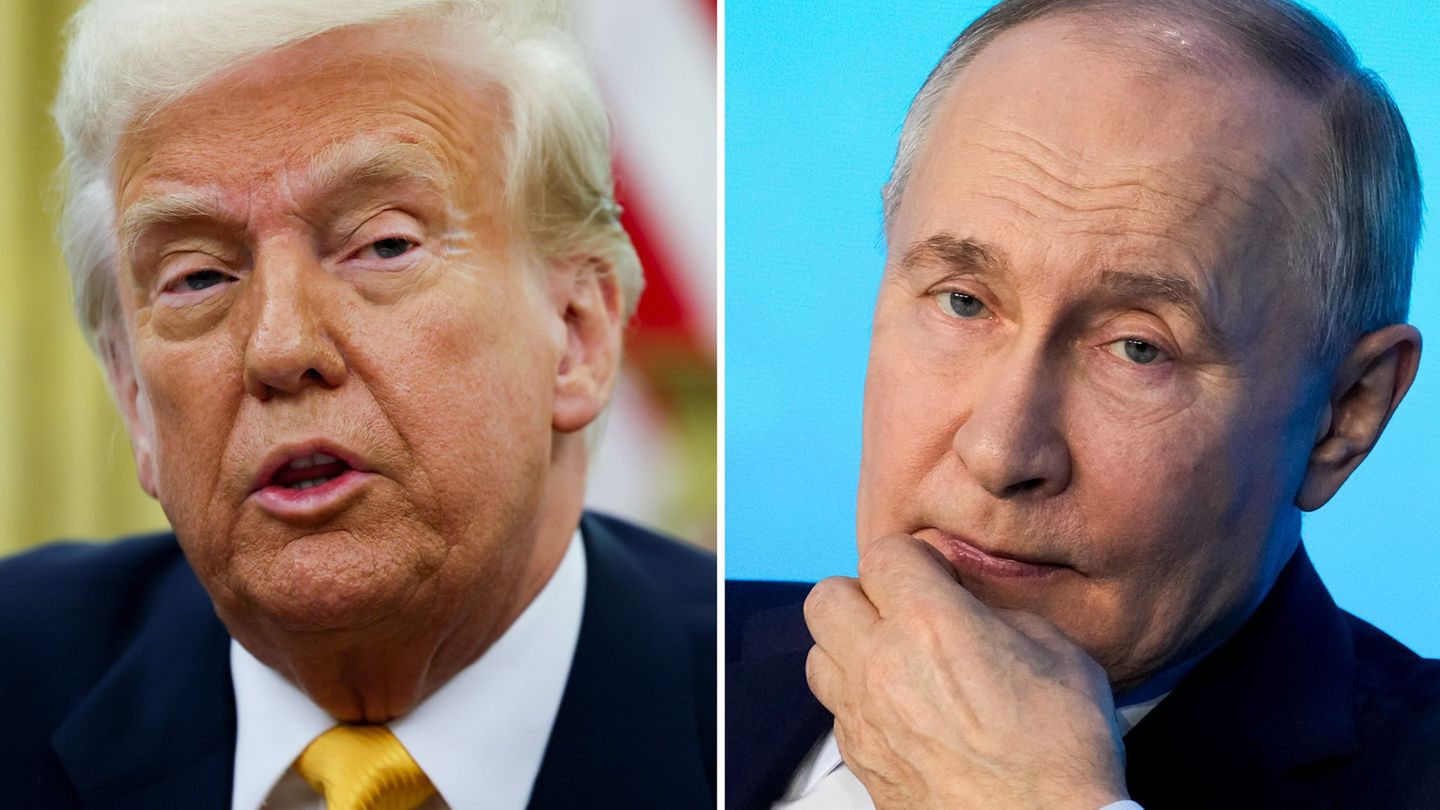Let’s remember that the informal dollar suffered a sharp drop of $10 exactly a week ago as a reaction to the announcement of an agreement in principle between Argentina and the International Monetary Fund (IMF) for the refinancing of a large debt in foreign currency.
In this framework, the gap with the wholesale exchange rate, which is regulated by the Central Bank, narrows to 103%.
After the announcement of the agreement with the IMF, the parallel erased (by yielding $10) last Friday almost the total of the rise that it had accumulated in the previous 8 days ($11.50).
The recent uncertainty over the agreement with the international organization had caused the dollar to shoot up in the alternative markets: the blue reached $223.50 last Thursday, its nominal historical maximum so far.
Beyond everything, the blue dollar has been trading above $210 for two consecutive weeks, since last January 18 it climbed from $209 to $211.
Blue dollar price in the month
So far in February, the blue dollar exhibits a rise of $1, after closing January at $213. $5 or 2.4% higher compared to December. The last monthly increase was lower than inflation, which is estimated to be around 4%.
Let us remember that in December, the parallel dollar advanced $6.50 (+3.2%), against a monthly inflation of 3.8%, according to INDEC. Likewise, in the accumulated of 2021 it had an increase of 25.3% ($42), half with respect to the inflation of the period (50.9%). However, it is worth remembering that in 2020 it had shown a sharp jump of 111%.
What is the blue dollar?
The value of the blue dollar has a substantial difference with the official dollar, which is acquired in banks and has an established price. Its sale is in the informal market, without regulations or limits, and for this reason it is generally operated at a value greater than the official dollar.
Why is it called the blue dollar?
The origin of the blue dollar as a denomination for the operation of the banknote in the informal market is not clear. But there are theories.
An explanation of its name indicates that it is so called because in English, “blue”, in addition to naming the color blue, refers to something “dark”.
Another theory relates it to purchase operations through bonds or shares of companies known as “blue chips”. They also link it to the approximate color that appears when a fibron is applied to detect counterfeit bills.
Price of the savings or tourist dollar
The savings dollar or solidarity dollar -retail plus taxes- amounts to 39 cents to $183.41 on average.
More news about the Blue Dollar and the Dollar
After the agreement with the IMF: Is calm coming to the dollar?
How much should the blue dollar be worth according to analysts?
Source: Ambito
David William is a talented author who has made a name for himself in the world of writing. He is a professional author who writes on a wide range of topics, from general interest to opinion news. David is currently working as a writer at 24 hours worlds where he brings his unique perspective and in-depth research to his articles, making them both informative and engaging.




